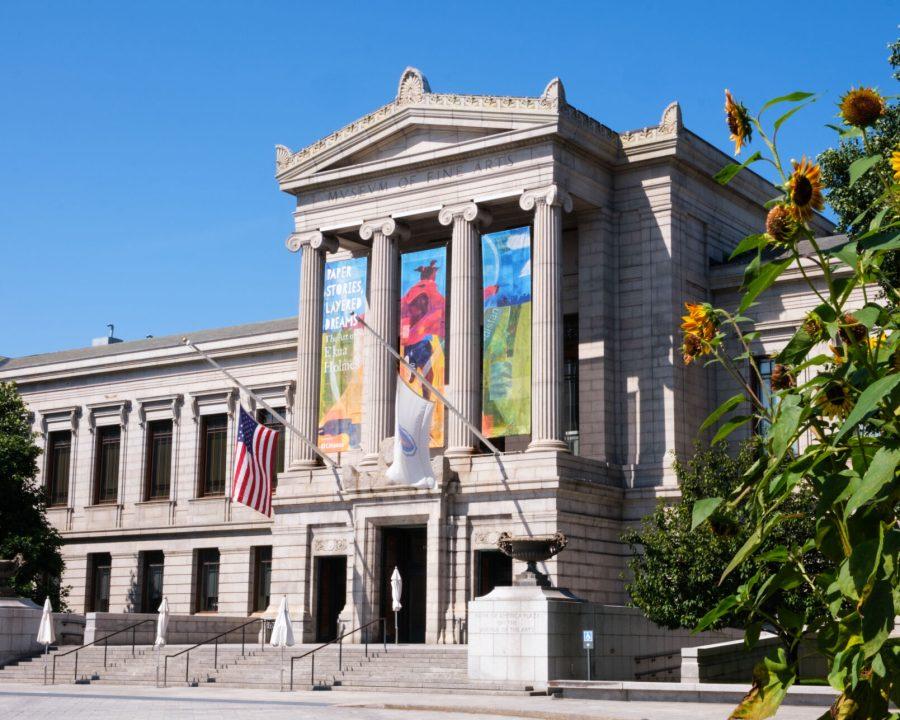Our student body is one of the most diverse in Boston and those numbers are growing every year.
This week I wanted to focus on more diverse art exhibits in Boston that I feel like our student body would love to see.
It has been argued that museums have been white-dominated for years now, and it isn’t until recently that different communities are finally refusing to stay silent and are sharing their voice, their art, and their history.
That is why a group of young Boston scholars decided to curate an exhibit highlighting works by 20th century artists of color. This opportunity arose from the museum’s partnership with local youth organizations focused on empowering teens like Becoming a Man, the BASE, and the Bloomberg Arts Internship Boston program (1).
Stretching from the Huntington Avenue and Fenway entrances, this exhibition stirs exploration and rethinking while celebrating Black histories, experiences and self-representations (1).
Well-known artists highlighted include Gordon Parks, Dawoud Bey, Archibald Motley, Norman Lewis and James Van Der Zee. However, something important this exhibit does is integrate and bring attention to upcoming Boston artists such as SMFA graduate Loïs Mailou Jones and South End resident Allan Rohan Crite (1). I liked the integration of these smaller artists as it provides them the platform they deserve for their art to be recognized and allows people like me to find new artists to follow and support.
The exhibition breaks down into four sections: “‘Ubuntu: I am Because You Are’ presents images of community life and leisure activities; ‘Welcome to the City’ focuses on paintings of urban scenes in both figurative and abstract styles; and, with photographs and works on paper depicting intimate moments from everyday life, ‘Normality Facing Adversity’ and ‘Smile in the Dark’ both consider the radicality of simply being oneself” (1).
There are many pieces to see in this exhibition, one being an enticing welcome piece called “Monumental Head” created by John Wilson back in 2003.
The “Normality Facing Adversity” section conveys what is considered the normalities of the hardships that the Black community faces every day. It also takes note of the misrepresentation of Black lives in the arts.
One piece portrays a scene of boys at play, although they are internally holding the weight of their hardships. In juxtaposition, there is normality that is experienced.
This section goes on to highlight musicians like Duke Ellington who used music to bring joy to their lives despite what they may have been facing.
This idea of finding happiness in what they could is also portrayed in “Smile in the Dark”. This section wants to create hope for the community. The plaque read “‘Smile in the Dark’ gives viewers like you a small glimpse of what it was like to be unapologetically happy, during a time in which it was difficult to even let out a smirk.”
Walking through the rest of the sections, you get more and more into each artist and, equally, their pasts and futures. The intentions of each artwork are for the viewer to explore on their own and take as they will.
These stories and voices have been silenced for years, and this should have happened sooner. And whether this is something you can or cannot personally relate to, this exhibition is truly inspiring and absolutely should be recognized for its talent and importance.
I highly recommend you take a visit yourself to the MFA as UMass Boston students are on their list of partnered colleges for entry.
1) https://www.mfa.org/exhibition/black-histories-black-futures

